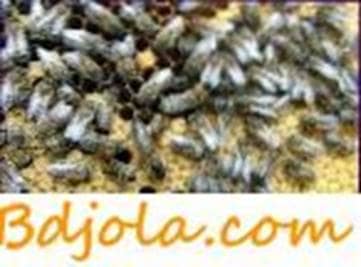
When starting to work with bees, first you need to get acquainted with the basic information about the breeds of bees, common in the country, their biological and economic-useful qualities. Comparing the characteristic pedigree characteristics of the bees of this apiary, they establish their pedigree affiliation.
Breeds of bees, unlike domestic animals, were formed not under the influence of human activity, but as a result of prolonged natural selection under the influence of climate and melliferous vegetation. Therefore, the term “breed” is used conditionally.
The main source for conducting pedigree work in the apiary are the most productive, most enduring bee colonies of a bee colonized in a given locality.
Each breed of bees is adapted to its habitat, well tolerates climatic conditions and collects the maximum amount of food. Under the influence of human activity in the last two centuries, the honey-bearing conditions for bees have changed significantly. Felling of forests, plowing of meadows, control of weeds, greatly depleted the food base of bees. In other cases, sowing on large tracts of testes of meadow clover, sunflower, cotton and other cross-pollinated crops raises the task of specialists to provide and saturated pollination at a lower cost.
Выкачка меда когда. Что делать с опоношенными рамками с медом.
Hothouse beekeeping